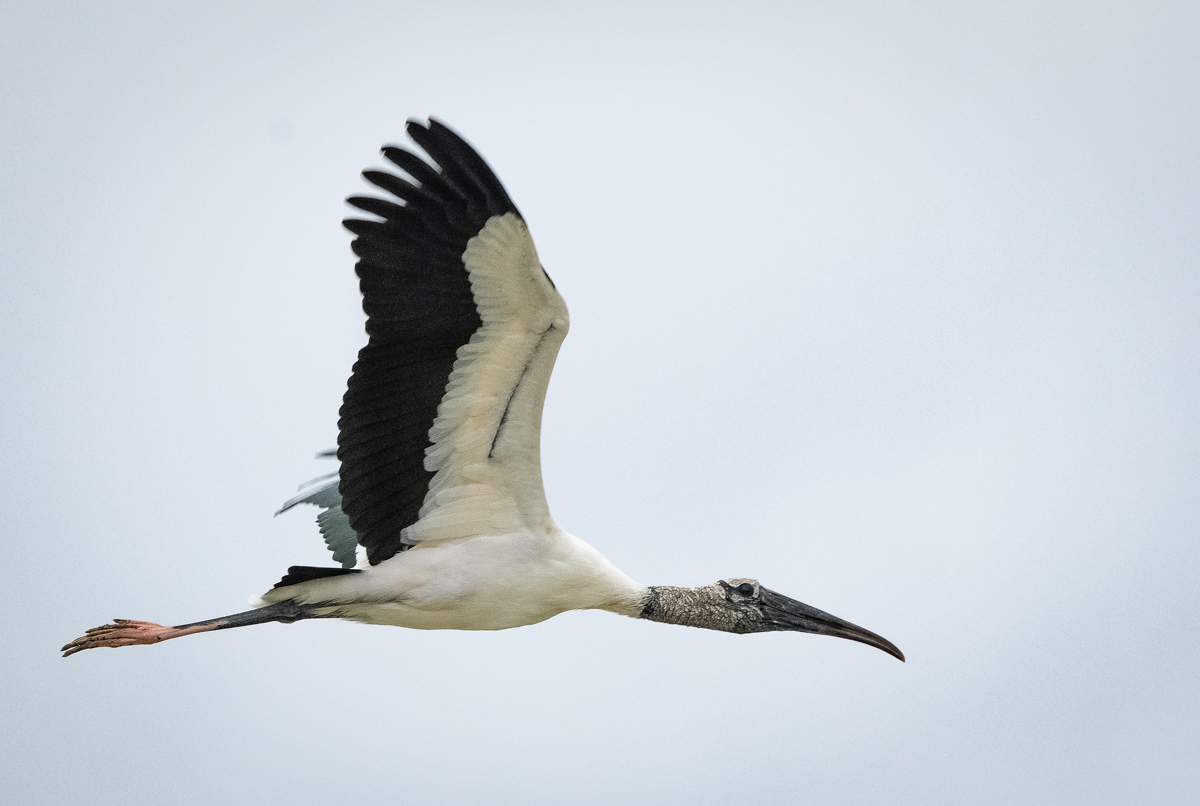
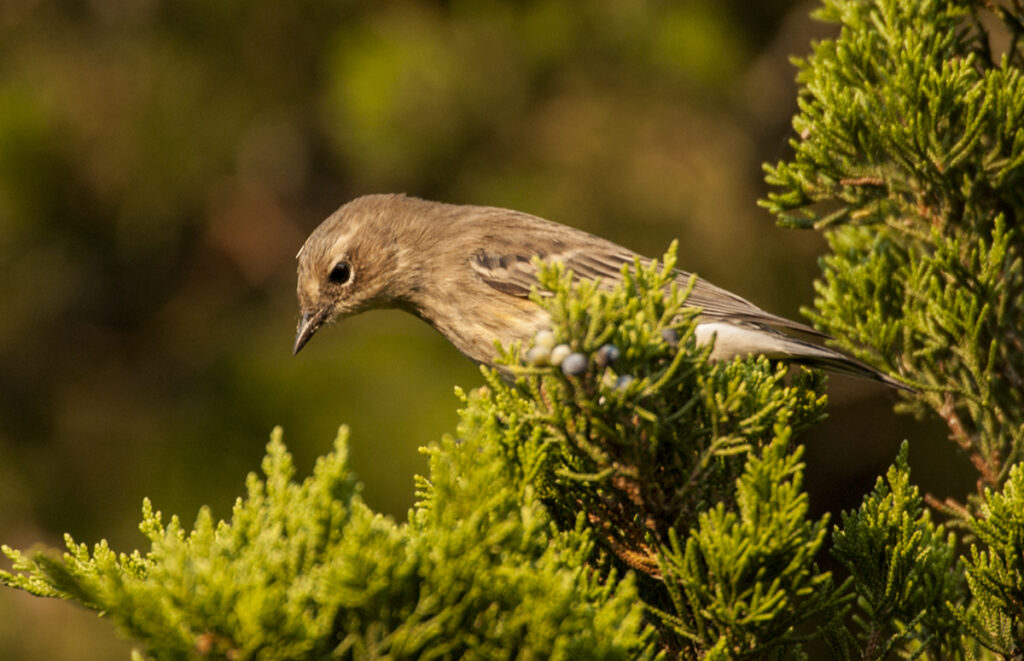
A Familiar Fall Visitor
The Yellow-Rumped Warbler is one of the most widespread and recognizable species among North American migrants. Having spent the summer breeding in the coniferous forests of Canada and the northern United States, these small songbirds begin their journey southward as the temperatures drop. However, unlike many warblers that head to Central or South America, the Yellow-Rumped Warbler stays within North America, wintering in the southern United States and Mexico.
What sets the Yellow-Rumped Warbler apart is its ability to digest waxes found in bayberries and wax myrtles, which allows it to survive in harsher conditions where other food sources might be scarce. This unique adaptation means that, while many other warbler species are crossing the Gulf of Mexico, the Yellow-Rumped Warbler is content to stick around, feeding on berries, insects, and even suet at backyard feeders.
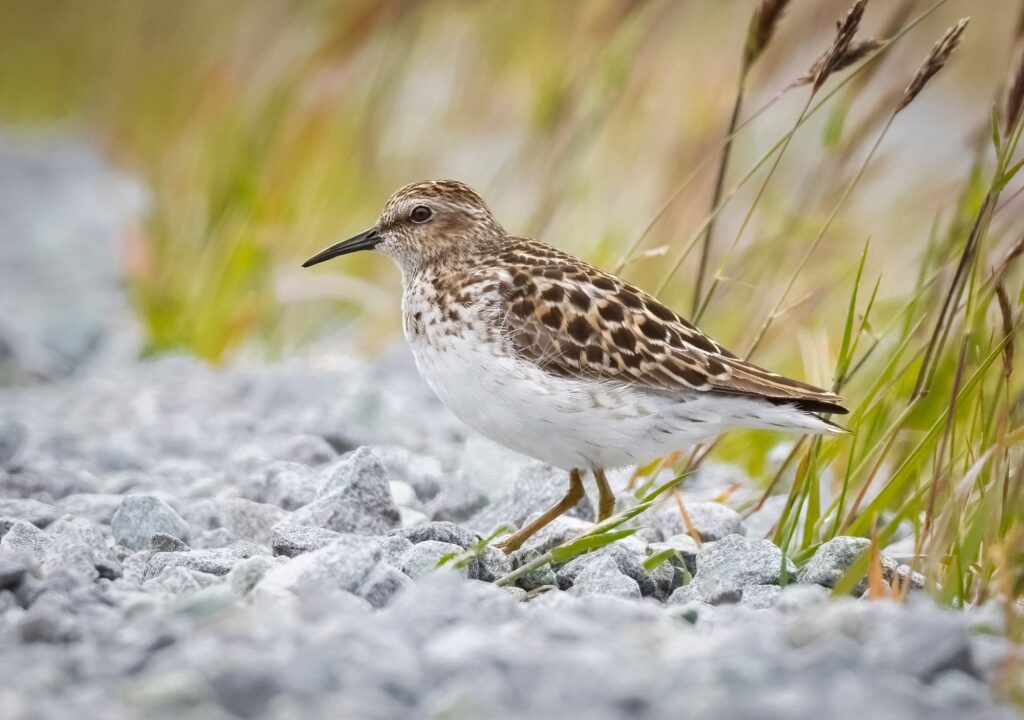
A Tiny Shoreline Traveler
The Least Sandpiper is the smallest of the shorebirds, but don’t let its size fool you—this bird is a long-distance migrant. Breeding in the tundra of Alaska and northern Canada, the Least Sandpiper embarks on a southward journey in the fall, but unlike some of its relatives, it doesn’t cross the equator. Instead, it travels to the southern United States, Mexico, and the Caribbean, stopping at mudflats, marshes, and sandy beaches along the way.
During fall migration, large flocks of Least Sandpipers can be seen probing the mud for invertebrates, their small size and brown plumage helping them blend into their surroundings. Their choice of stopover sites is crucial, as they need to refuel before continuing their journey.
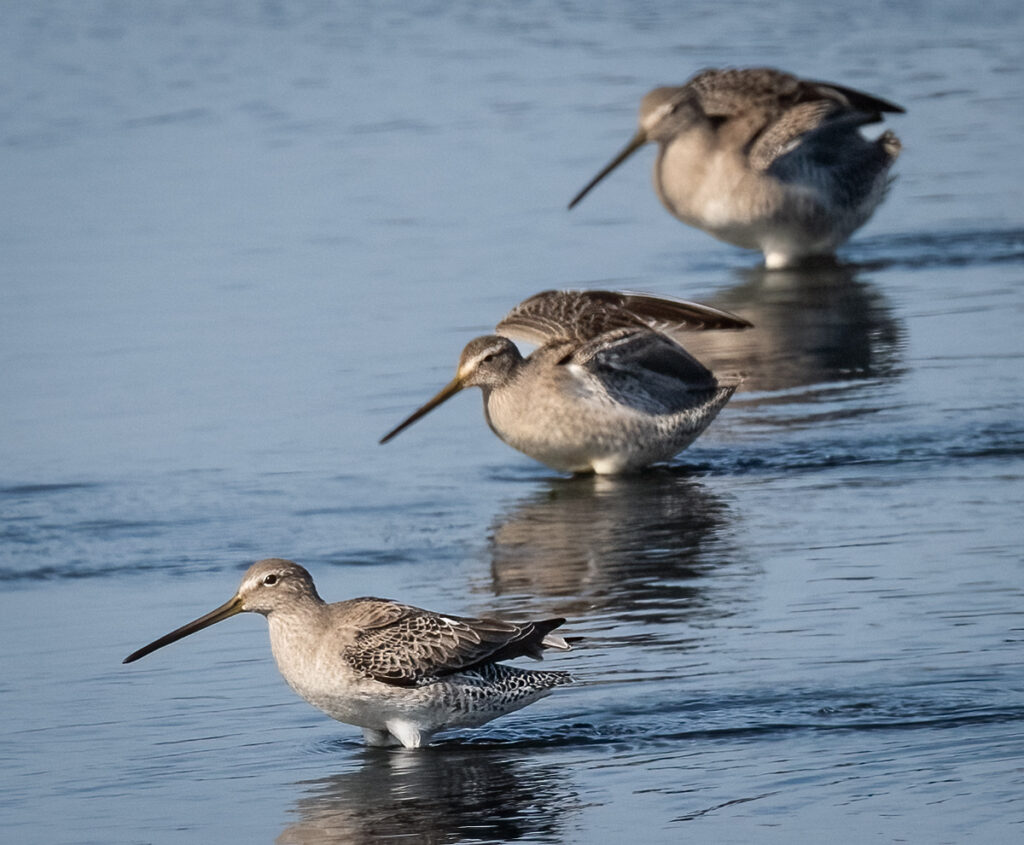
Master of Mudflats
Another shorebird that undertakes a North American fall migration is the Short-Billed Dowitcher. These medium-sized shorebirds breed in the boreal forests and subarctic regions of Canada and Alaska. In the fall, they migrate to coastal areas of the southern United States, the Caribbean, and northern South America.
Despite the name, Short-Billed Dowitchers use their long bills for their distinctive “sewing machine” feeding technique, rapidly probing the mud in search of invertebrates. Their migration is timed with the availability of food resources in coastal and wetland areas, making them reliant on healthy ecosystems. As climate change and human activities alter these habitats, the Short-Billed Dowitcher faces increasing challenges during its migration.

The Woodsman of the South
The Wood Stork is a large wading bird that breeds in the southeastern United States, particularly in Florida, Georgia, and South Carolina. However, as fall approaches and water levels drop, these storks disperse to find new feeding grounds, often moving into the Gulf Coast states and as far west as Texas.
Wood Storks are highly dependent on the availability of shallow wetlands where they can catch fish and other aquatic prey. During the dry season in the fall, they congregate in large numbers in areas where water levels are low enough to concentrate fish in smaller pools, making them easier to catch.
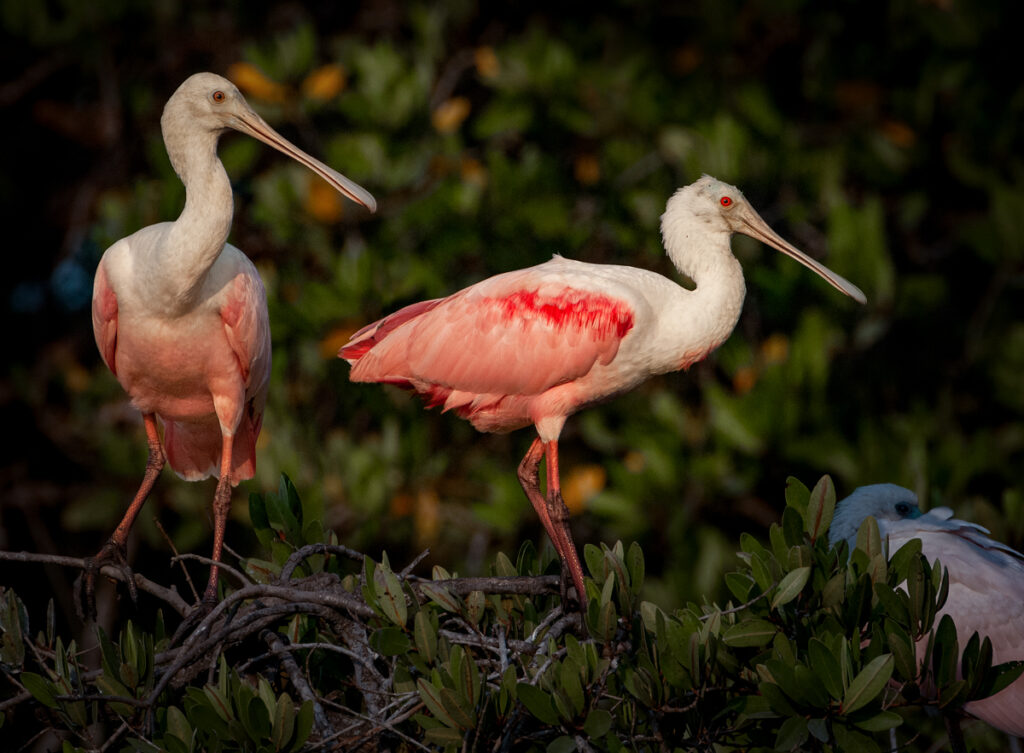
A Flash of Pink
The Roseate Spoonbill adds a splash of color to North America’s fall landscape. The striking pink plumage of this wader along with the eponymous spoon-shaped bill make this bird a thrill to see. When breeding season concludes in the Gulf Coast region and Florida, some populations move short distances as fall arrives, relocating within the southern United States, while others may travel to Mexico or Central America.
Roseate Spoonbills are highly specialized feeders, sweeping their bills through shallow water to capture small fish and crustaceans. Like the Wood Stork, their movements are closely tied to the availability of wetland habitats, and they are often found in estuaries, mangroves, and coastal marshes.
Inbound migration in the fall is driven by the need to find food and suitable habitats as the seasons change and the daylight hours recede. As these species move across the continent, they remind us of the importance of preserving the habitats that support them, ensuring that future generations of birds can continue to seek out food and sanctuary, and we can continue to witness their spectacular seasonal journeys.


